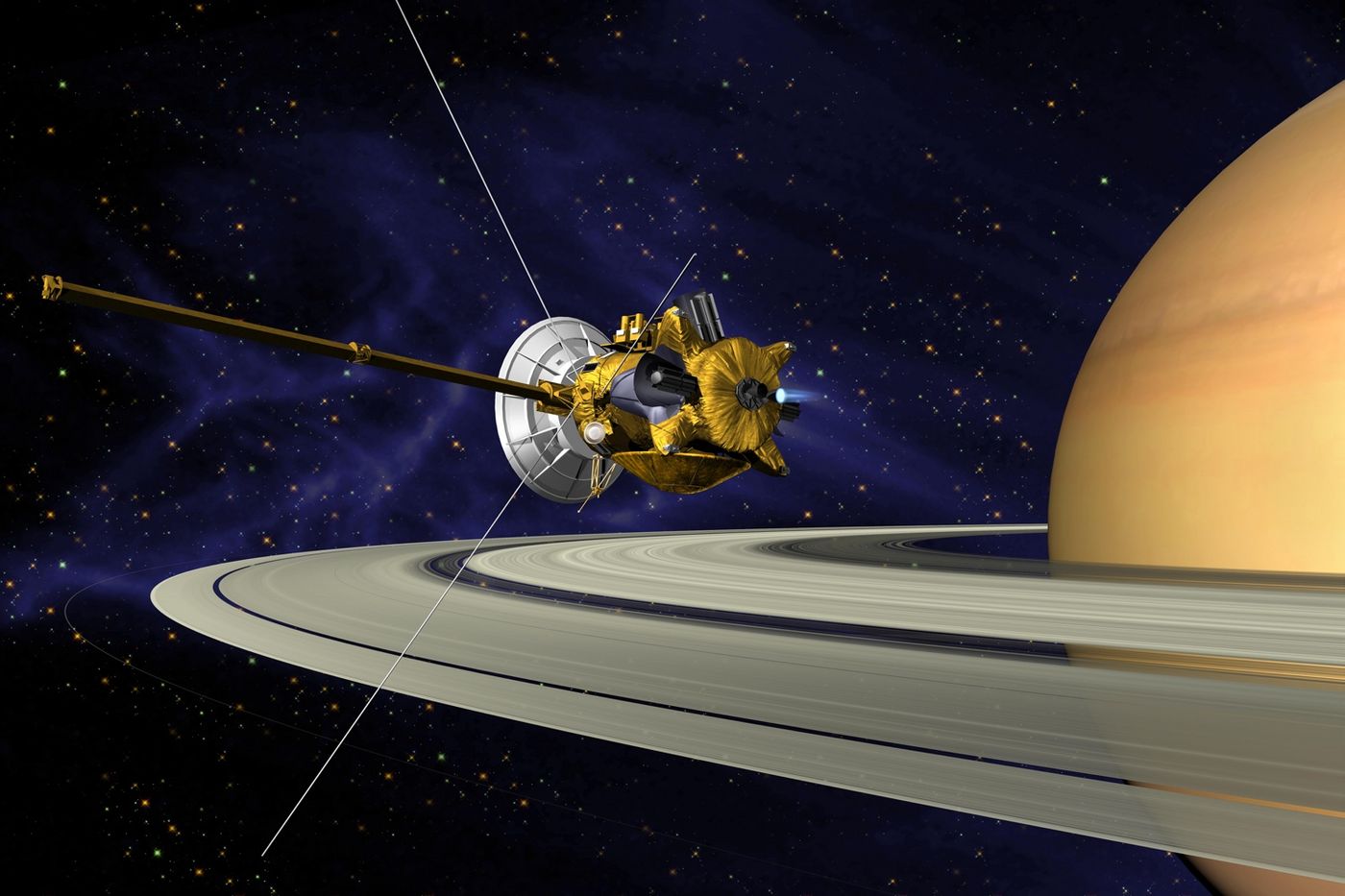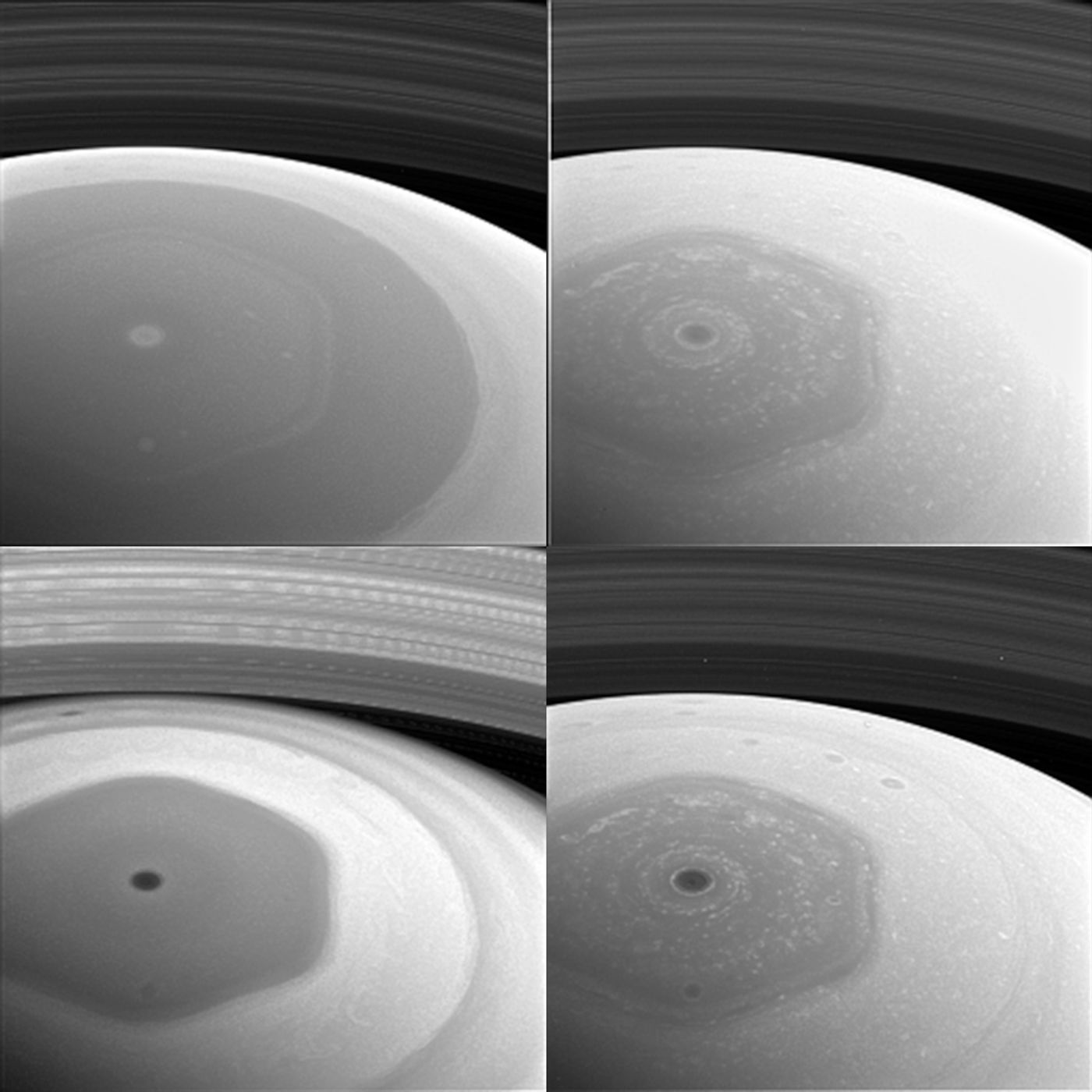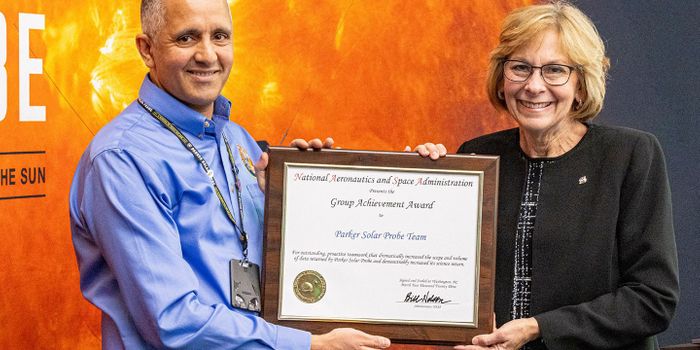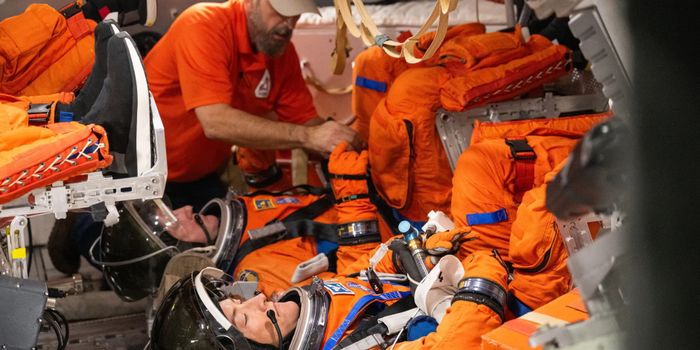Cassini Begins New Orbital Path as it Grabs New Photos of Saturn
NASA’s Cassini spacecraft, which originally launched in 1997 to study Saturn up close, began a completely new orbital process on November 30th known as the Ring Gazing Orbits in which it would spend time observing the rings around Saturn to help scientists who are eager to study them learn more about them.

Image Credit: NASA
According to NASA, there will be a grand total of 20 orbits performed by Cassini over the process of its new orbital mission; each orbit will take about a week. Nevertheless, Cassini already started, and so far, it has taken some pretty incredible photographs of the planet.
Right at the beginning of December, images were taken by Cassini showcasing the hexagonal clouds that appear at the North Pole of the planet. Cassini took these pictures in various spectral lights to give scientists as many details as it could.

Image Credit: NASA/JPL-Caltech/Space Science Institute
The Cassini mission is coming to an end, so this is a great way to go out with a bang – learning as much about Saturn as possible through the photographs we’ll take just before Cassini’s suicide mission.
"This is it, the beginning of the end of our historic exploration of Saturn. Let these images -- and those to come -- remind you that we’ve lived a bold and daring adventure around the solar system’s most magnificent planet," said Carolyn Porco, Cassini imaging team lead at Space Science Institute, Boulder, Colorado.
NASA says in a statement that Cassini will pass by Saturn’s rings again on December 11th, which happens to be tomorrow. These flybys will yield more incredible photos of Saturn and its rings, all of which should be of high detail due to the spacecraft’s close proximity.
This part of the Cassini mission will last until around April 22nd, which is when another Cassini orbital change maneuver will be attempted. NASA will utilize the gravity of Titan, a large moon that orbits Saturn, to change the orbital trajectory of Cassini so that it can get a completely different view of Saturn’s rings.
After it’s done, which should be sometime in September of 2017, Cassini will say goodbye as it goes into a suicide plunge into Saturn’s atmosphere. As a part of its last hoorah, NASA aims to collect as much information about Saturn’s atmosphere as possible, which could help scientists to learn more about the planet and help future missions that attempt to visit Saturn.
If this sounds familiar, it’s because Juno, the spacecraft orbiting Jupiter, another of our Solar System’s massive gas planets, will perform a similar suicide mission when the main mission is over.
While it’s depressing to know that we’ll no longer receive data from a spacecraft nearly two decades in the making that’s providing real-time data about a planet so far away from Earth, all great things must come to an end, eventually.
Source: NASA
-
MAY 07, 2024Is It Anti-RNP or Anti-Sm/RNP?
- See More
-
APR 30, 2024Immuno-Oncology Virtual Event Series 2024
-
MAY 07, 20243rd International Biosecurity Virtual Symposium
-
JUN 06, 2024The Future of Scientific Conferencing
- See More

















































